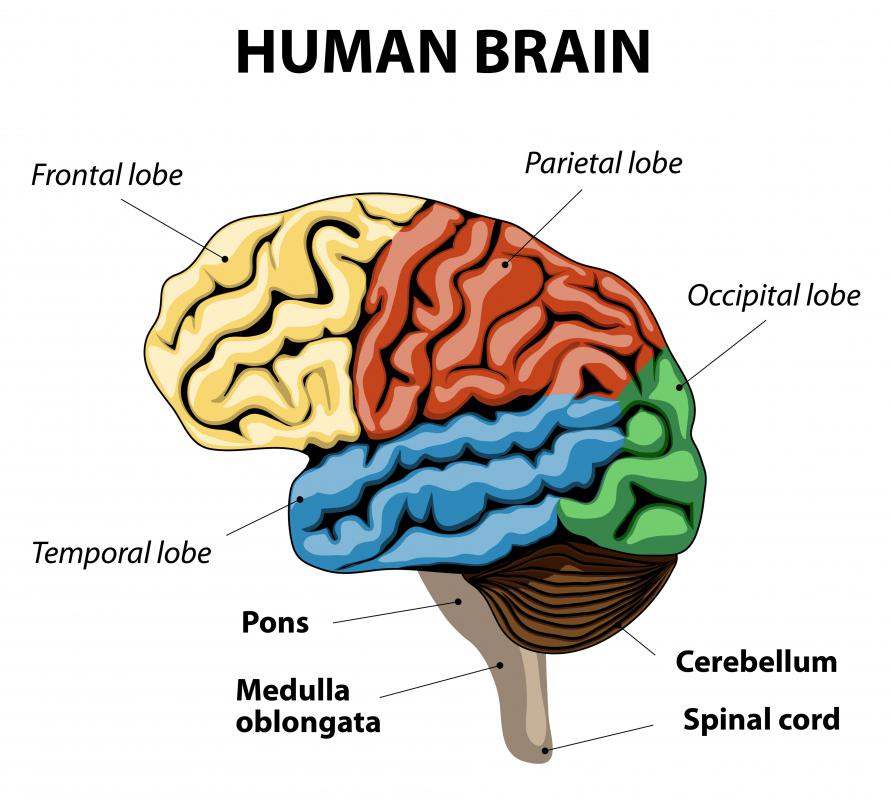At TheHealthBoard, we're committed to delivering accurate, trustworthy information. Our expert-authored content is rigorously fact-checked and sourced from credible authorities. Discover how we uphold the highest standards in providing you with reliable knowledge.
What Is Lateral Medullary Syndrome?
Lateral medullary syndrome is a neurological disease named for the area of injury from which it originates: the lateral part of the medulla oblongata, which is the lower half of the brain stem. It is sometimes called posterior inferior cerebellar artery syndrome because the condition involves a blood vessel instrumental in supplying blood to the brain. Other terms include Viesseaux-Wallenberg syndrome and Wallenberg-Foix syndrome. These terms were named after the three men who contributed to the initial research and description of the disease, German internist and neurologist Adolf Wallenberg, Swiss physician Gaspard Vieusseux, and French internist and neurologist Charles Foix.
A thrombosis, or blood clotting, in the vertebral artery — which runs across the neck around the medulla oblongata — results in lateral medullary syndrome. The largest branch of the vertebral artery, the posterior inferior cerebellar artery (PICA), is particularly affected. The PICA is one of the major suppliers of oxygenated blood to the cerebellum, the region of the brain responsible for motor control.

Other affected blood vessels include the superior middle and the inferior medullary arteries. With the lack of blood supply, necrosis, which is the death of tissue due to disease, occurs at the lateral part of the medulla oblongata. The result is the loss of temperature and pain sensation on the side of the body and face opposite of where the infarct, or the localized area of dead tissue, is located.

The most well-known symptom of this syndrome is dysphagia, or difficulty in swallowing. This occurs because of paralysis in the muscles of the palate, or roof of the mouth, and the larynx, or voice box. Other common symptoms include nausea, dizziness, vomiting and facial pain. Some people might experience coordination problems such as ataxia, or the loss of muscular coordination, and nystagmus, which are involuntary eye movements.

Physicians focus on treating lateral medullary syndrome by relieving the symptoms associated with it so that patients can return to their everyday activities to the very best of their ability. For instance, patients with difficulty swallowing usually require the insertion of a feeding tube through the mouth or rely on gastrostomy, which is a stomach operation. Medications such as gabapentin are used to combat pain. Physicians typically recommend blood thinners such as warfarin, as such medications stop blood from clotting.

Prognosis for lateral medullary syndrome varies from patient to patient. Some people may experience a symptomatic decrease in the space of a few months or even weeks. Others, however, are not so lucky, as the neurological problems they contracted from lateral medullary syndrome may remain with them for the rest of their lives.
AS FEATURED ON:
AS FEATURED ON:















Discuss this Article
Post your comments